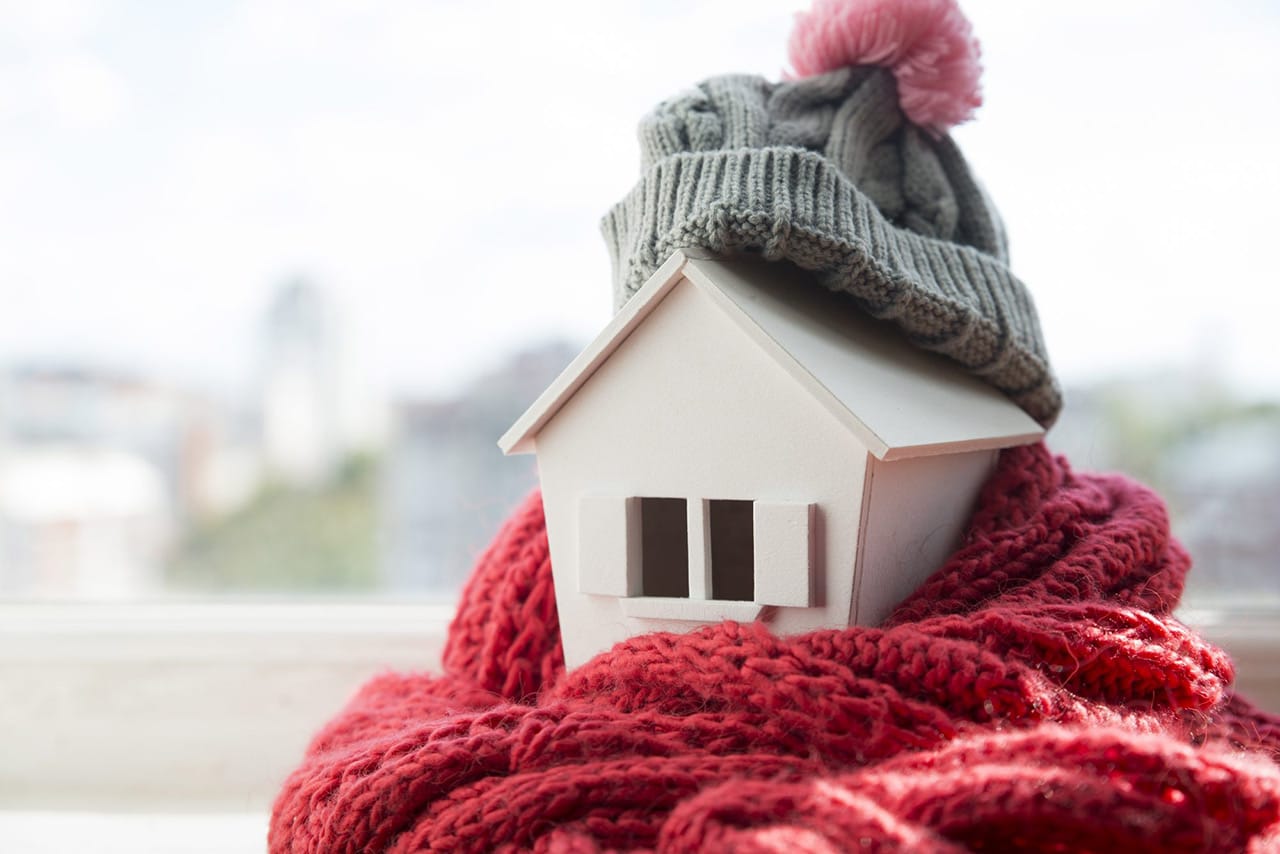Winterize your home and reduce heating costs
- Details

It may seem as if we leapfrogged from summer to winter and skipped fall. All the more reason to make plans now to winterize your home and reduce heating costs.
Forecasters tell us the winter here in western Canada will see snowfall within normal amounts, but temperatures will be a little cooler than normal.
Who remembers their parents telling them to shut the door with the admonishment, “I’m not paying to heat the outdoors!” Unfortunately, that’s essentially what you’re doing when heat escapes through windows, doors, and cracks.
Efforts as simple as adding/replacing weather-stripping or caulking around windows and doors can help keep heating costs in check. So does adding energy-efficient window treatments.
With a little foresight and planning to prepare and protect our homes, we can all enjoy the winter with its seasonal beauty, fun activities, and hot cocoa around the fire.
“Adding a double-cell honeycomb shade to a window virtually doubles the energy efficiency of a dual-pane window and is one of the most cost effective ways to add insulation,” Budget Blinds Owner Buckley Armacher tells me. “You will see immediate improvement in maintaining the temperature of a room and, at the same time, significantly lower your energy bills this winter.”
HERE ARE SOME OTHER RELATIVELY SIMPLE ENERGY-SAVING TIPS:
Wrap a blanket around your hot water heater to seal in heat and keep water hotter longer. You can buy a water heater blanket for around $20 at the hardware store.
While you’re at it, consider lowering the water heater temperature. You might be able to lower it from 140 degrees to 120 and not even notice the difference (120 degrees is the temperature recommended by the Consumer Product Safety Commission).
Install glass doors to seal your fireplace. Doors keep cold air from coming down into your house and warm air from escaping up through the chimney. Remember to close the flue when you’re finished enjoying your fireplace.
Reverse ceiling fans. Running fans counterclockwise makes it cooler during the hot summer months by drawing hot air toward the ceiling. In winter, flip the switch to make fans run clockwise, and they will circulate the warm air back into the room. If you have an older ceiling fan without a reversible motor, you can manually adjust the blade pitch: to the right to push air down (winter), to the left to pull air up (summer).
Your programmable thermostat is your friend. Each degree you turn down the heat saves three percent on your bill. Set the thermostat to lower the temperature after you go to bed and raise it when you get up. You can also get the same results by manually lowering a conventional thermostat, but you must remember to do it.
Putting down area rugs on tile and wood floors can make a big difference in energy cost, as well as personal comfort.
Changing your furnace filters will increase the efficiency of your furnace. Filters should be changed monthly during the winter heating season.
All these DIY tips can help reduce the cost of keeping your home comfortable during the cold winter months. But perhaps you’re ready to significantly decrease your heating bill by replacing an outdated furnace or heat pump. Newer units produce more heat with less energy and work very differently than their older counterparts.
“Today’s new high-efficiency furnaces have variable speed blowers and modulating gas valves to deliver the perfect amount of heat to your home while delivering efficiency ratings up to 98.7 percent,” says Ben Aguilar, General Manager at A&A Heating, Air Conditioning, Heating and Sheet Metal. “These new furnaces continuously fluctuate, ensuring your home doesn’t have large temperature swings even when the outdoor temperature is rapidly dropping. A heating professional at A&A can help you decide which furnace would work best in your home and help save you big bucks on your utility bill.”
Because up to 40 percent of heat loss occurs through windows, another energy-saving project that pays big dividends is replacing inefficient single- pane windows with double- or triple-pane windows.
“New vinyl windows that meet Title 24 building codes have frames that are welded together in the corners, so there are no seams to create gaps or drafts,” says Curtis Sawin, General Manager of Grass Valley Glass. “The panes are tinted, plus there is argon gas between the panes. Argon is more dense than air, so it takes longer to cool down or heat up. That added insulation slows down the transfer of heat or cold passing through the glass.”
In addition to windows, adding insulation also provides substantial energy savings. Attic insulation deteriorates over time and needs to be replaced. Other areas that benefit from added insulation are crawl spaces, the garage, and basement.
With a little foresight and planning to prepare and protect our homes, we can all enjoy the winter with its seasonal beauty, fun activities, and hot cocoa around the fire.
Original Article: The Union: winterize-your-home-and-reduce-heating-costs/
For more information on this topic and others, please contact our office: